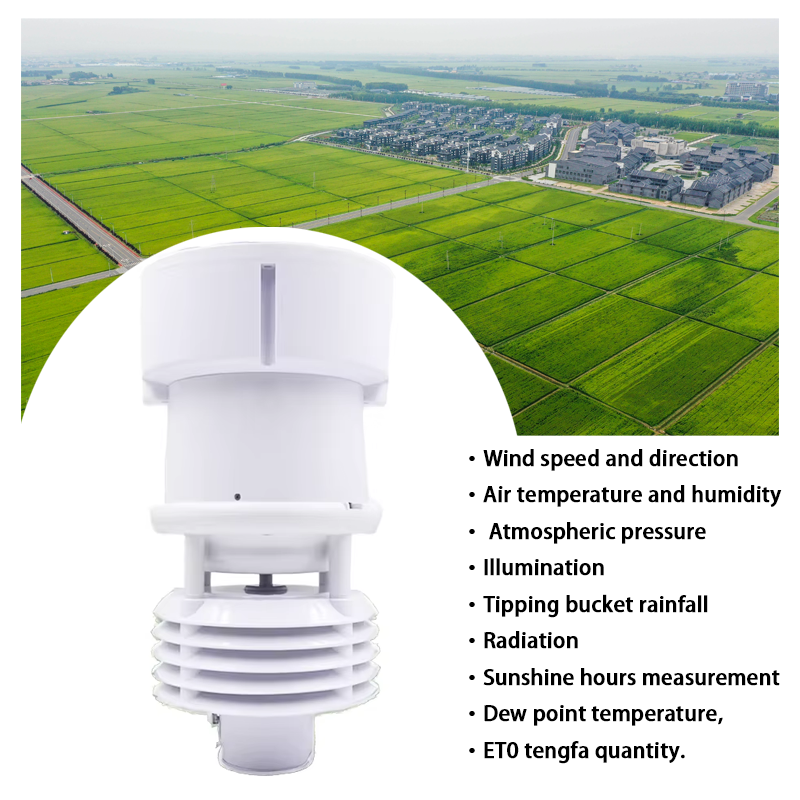A $9 million grant from the USDA has spurred efforts to create a climate and soil monitoring network around Wisconsin. The network, called Mesonet, promises to help farmers by filling gaps in soil and weather data.
The USDA funding will go to UW-Madison to create what’s called the Rural Wisconsin Partnership, which aims to create community programs between the university and rural towns.
One such project will be the creation of the Wisconsin Environmental Mesonet. Chris Kucharik, chair of the Department of Agronomy at the University of Wisconsin-Madison, said he plans to create a network of 50 to 120 weather and soil monitoring stations in counties across the state.
The monitors consist of metal tripods, about six feet tall, with sensors that measure wind speed and direction, humidity, temperature and solar radiation, he said. The monitors also include underground instruments that measure soil temperature and moisture.
“Wisconsin is something of an anomaly compared to our neighbors and other states in the country in terms of having a dedicated network or observational data collection network,” Kucharik said.
Kucharik said there are currently 14 monitors at university agricultural research stations in places like the Door County peninsula, and some of the data farmers now use comes from the National Weather Service’s nationwide network of volunteers. He said the data is important but is only reported once a day.
The $9 million federal grant, along with $1 million from the Wisconsin Alumni Research Fund, will pay for monitoring staff and personnel needed to create, collect and disseminate climate and soil data.
“We’re really looking to build a denser network that will give us access to the latest real-time weather and soil data to support the livelihoods of rural farmers, land and water managers, and forestry decision-making,” Kucharik said. . “There is a long list of people who will benefit from this network improvement.”
Jerry Clark, an agriculture educator at the University of Wisconsin-Madison’s Chippewa County Extension Center, said the integrated grid will help farmers make important decisions about planting, irrigation and pesticide use.
“I think it helps not only from a crop production standpoint, but also in some unforeseen things like fertilization where it can have some benefits,” Clark said.
In particular, Clark said farmers will have a better idea of whether their soil is too saturated to accept liquid fertilizer, which could reduce runoff contamination.
Steve Ackerman, UW–Madison vice chancellor for research and graduate education, led the USDA grant application process. Democratic U.S. Senator Tammy Baldwin announced the funding on December 14.
“I think this is a real boon to research on our campus and the whole concept of Wisconsin,” Ackerman said.
Ackerman said Wisconsin is behind the times, as other states have had comprehensive interregional networks since the 1990s, and “it’s great to have this opportunity now.”
Post time: Aug-08-2024


